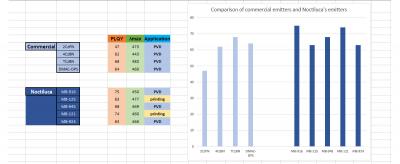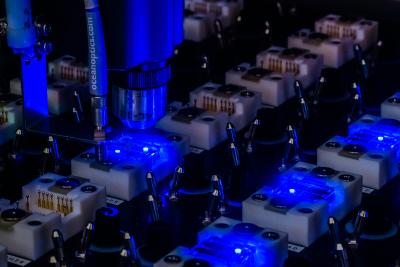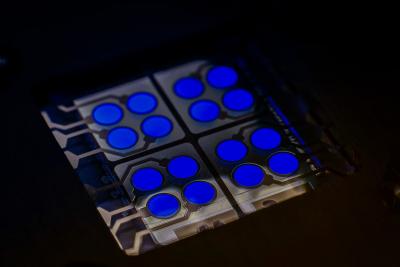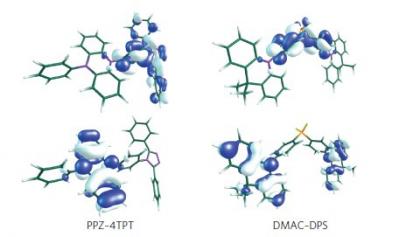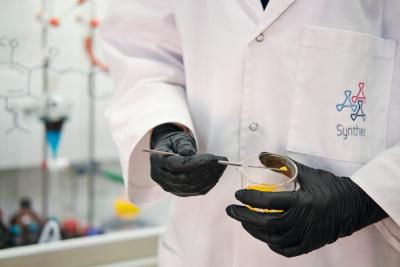Eternal Material Technology starts to construct its 15-ton OLED material plant, updates on its OLED material and TASF project
China-based Eternal Material Technology (EMT) announced that it has started to construct its 15-tons OLED material production facility in Hefei. Yesterday the company held a groundbreaking ceremony at the construction site. EMT company expects the plant to begin mass producing materials in the second half of 2021. The planned total investment of the project (which will also include production of other materials) is 500 million yuan (or around $72 million USD).

EMT says that it has been able to achieve design wins for its ETL materials, and also other OLED related materials - and has already achieved sales of over 230 million Yuan ($33 million USD). EMT offers over 20 different OLED materials.



